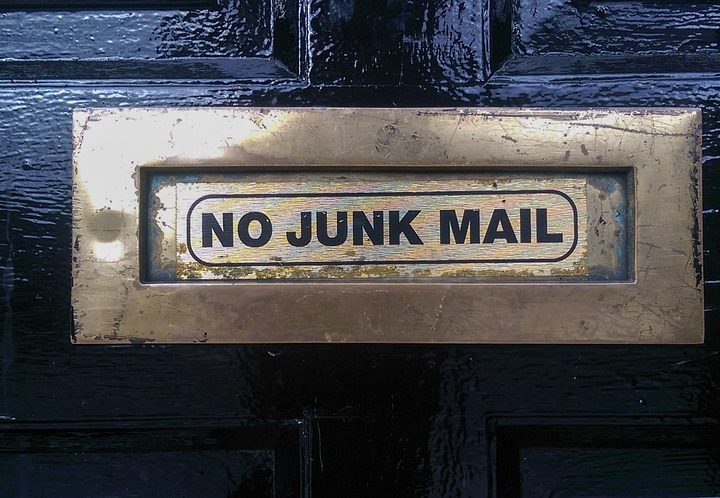Facebook Ads: Frequency and Automated Rules
We’ve all experienced visiting a website and for the next month it’s all we see on our newsfeed. Day in and day out it’s there; it’s not only pointless but it’s also annoying. There has been a huge increase in the amount of adblocking and part of it is due to adverts like this. With over 21% of people in the UK using AdBlockers (Statista, 2019) this is clearly not a good thing.
No one wants to feel like they are being followed and pestered so it’s important to make sure any advertising you do on Facebook has rules in place to prevent this from happening.
Facebook frequency automated rules
Facebook recently introduced automated rules to allow you to set the parameters in which an ad operates – thankfully that includes frequency caps that automatically stop a campaign running.
Frequency is calculated as the number of times a single person is exposed (impression) to an ad during a campaign’s duration divided by the reach – the total number of people who’ve seen an ad. The calculation is as follows:
Impressions / reach = frequency
Facebook frequency, if left as standard and untouched, usually hovers around 1.3 to 1.5.
Any frequency over 2.00 begins to fall foul of the law of diminishing returns. More frequency doesn’t necessarily equal better results. There are things that aren’t immediately measurable as well. Annoy people now and they probably won’t buy later on, but that won’t show up in data.
How to find the right balance of frequency vs reach
Having an automated rule to turn off a campaign when its frequency cap is reached helps you make sure you aren’t throwing ads at the same people repeatedly. If you’ve reached every person available in your target audience, there is no need to keep paying many times over to advertise to the same people.
This is important because there are different approaches to take when advertising online. Low reach and higher frequency work better for direct selling when you need instant income. Those are the kind of messages we see that offer deals and discounts online, but again, frequency must be reasonable. Seeing a message five times a day for a week is not reasonable for the potential customer and it costs more too.
When it comes to building awareness, it’s the old-fashioned metric of reach that matters first. Lots of people need to know about a business before they can consider buying from it. This is also where other tactics like PR, radio or TV come in, but if budgets are really slim, then digital platforms like Facebook are where you have to advertise.
Here is a graphic explaining some of the general approaches to take.

The trick is to do a bit of both. Using something broad and emotional to gain attention and awareness helps create positive associations towards a business or product – for example, an ad that is aimed at building an association of trustworthiness or an ad that is fun and lively. The choice depends on the business and what it’s about. Businesses can then filter down to more rational, immediate responses such as clicks, purchases and using higher frequency and tighter targeting.
An example would be an accountancy firm using targeted advertising to reach small businesses that are close to the end-of-year tax period that need help with self-assessments or payroll.
Facebook frequency best practice
The takeaway here is to make sure you use the automated rules Facebook provides so you don’t annoy people. Keep frequency lower for broad reach creative campaigns and keep it below 2.00 for targeted selling-based campaigns but whatever you do, keep it above 1.0 which is a single impression of an ad by a single person.
Finally, don’t forget that Facebook advertising, or advertising across social media channels, should be part of your overall marketing plan. It’s a channel for the distribution of certain messages to sectors and audiences; don’t get bogged down with the instant results it offers – think wider and more long term.
If you’d like to understand more about creating a strategy and discover some top tips for your business marketing, read our blog Marketing – Old Fashioned and Out of Date? or get in touch.
SC










